Creating a garden can be simple and rewarding. You can transform any space into a green oasis.
Gardening offers a connection to nature and a sense of accomplishment. Whether you have a backyard or a small balcony, starting a garden is possible. You can grow flowers, vegetables, or herbs, making your space vibrant and productive. Gardening is also a great way to relax and enjoy the outdoors.
This guide will help you start your own garden, no matter your space or experience level. From choosing the right plants to understanding soil and sunlight, we’ll cover the basics. Ready to dig in? Let’s explore the steps to create your perfect garden.

Choosing The Right Location
Creating a garden is an enriching experience that can bring joy, beauty, and even fresh produce to your home. One of the most crucial steps in this process is choosing the right location. The success of your garden greatly depends on the spot you select. This involves considering factors like sunlight, soil quality, and accessibility. Let’s delve deeper into these aspects to help you understand how to create a garden effectively.
Table of Contents
Sunlight Requirements
Sunlight is essential for plant growth. Different plants have different sunlight needs, so it’s important to choose a location that matches these needs. To understand how to create a garden that thrives, observe your yard throughout the day. Take note of the spots that get the most sun and those that stay shaded.
Here are some general guidelines for sunlight requirements:
- Full Sun: At least 6-8 hours of direct sunlight per day. Ideal for vegetables, fruits, and many flowers.
- Partial Sun: 3-6 hours of direct sunlight. Suitable for herbs, some vegetables, and certain flowers.
- Shade: Less than 3 hours of direct sunlight. Best for ferns, hostas, and other shade-loving plants.
To help you further, here’s a simple table:
| Plant Type | Sunlight Requirement |
|---|---|
| Tomatoes | Full Sun |
| Carrots | Partial Sun |
| Ferns | Shade |
Ensuring your plants get the right amount of sunlight can make a big difference in how to create a community garden or any other type of garden you wish to start.
Soil Quality
Soil quality is another key factor in choosing the right location for your garden. Good soil supports healthy plant growth, while poor soil can stunt plants and reduce yields. Understanding how to create a garden with the right soil involves testing and preparing the soil properly.
Consider these points:
- Soil Type: Soil can be sandy, loamy, or clay. Loamy soil is ideal for most plants due to its balanced texture and drainage.
- Soil pH: Most plants prefer a neutral pH (6.0-7.0). You can test soil pH with a simple kit from a garden center.
- Nutrient Levels: Healthy soil contains essential nutrients like nitrogen, phosphorus, and potassium. Soil tests can reveal nutrient levels.
Improving soil quality might involve adding organic matter like compost or manure. This not only enriches the soil but also improves its structure and drainage. Here’s a quick checklist:
- Add compost to improve soil structure.
- Use mulch to retain moisture and suppress weeds.
- Test soil annually to monitor pH and nutrient levels.
Whether you’re learning how to create a rooftop garden or how to create a Japanese garden, soil quality plays a vital role. Pay attention to it, and you’ll set your garden up for success.
Planning Your Garden Layout
Creating a garden can be a rewarding experience. Planning your garden layout is crucial to ensure your plants thrive. This involves choosing the right type of garden, arranging plants thoughtfully, and considering spacing. Let’s dive into how to create a garden layout that works best for you.
Types Of Garden
Choosing the right type of garden depends on your preferences and space. Here are some popular types:
- Vegetable Garden: Ideal for growing your own food. You can plant tomatoes, carrots, and lettuce. Raised beds work well for this type.
- Flower Garden: Perfect for adding color and beauty to your yard. Choose flowers that bloom in different seasons.
- Japanese Garden: Focuses on simplicity and nature. Includes elements like rocks, water features, and minimalistic plants. Learn how to create a Japanese garden to bring tranquility to your space.
- Rooftop Garden: Utilizes rooftops for gardening. Great for urban areas where space is limited. Learn how to create a rooftop garden for green spaces in the city.
- Bog Garden: Features plants that thrive in wet conditions. Ideal for areas with poor drainage. Discover how to create a bog garden to make use of marshy spaces.
- Community Garden: Shared space where people grow plants together. Encourages social interaction and sustainable living. Explore how to create a community garden for collective gardening efforts.
Spacing And Arrangement
Proper spacing and arrangement are key to a thriving garden. Here are some tips:
- Consider Plant Size: Know the mature size of plants. This prevents overcrowding and ensures each plant has enough room to grow.
- Group Similar Plants: Place plants with similar water and sunlight needs together. This simplifies maintenance.
- Use Companion Planting: Some plants grow better together. For example, tomatoes and basil. They enhance each other’s growth.
- Leave Pathways: Create pathways for easy access. This allows you to tend to your plants without stepping on them.
- Plan for Height: Place taller plants at the back. Shorter plants should be in front. This ensures all plants get enough light.
- Utilize Vertical Space: Use trellises or walls for climbing plants. This maximizes space, especially in small gardens.
Here’s a simple table for spacing guidelines:
| Plant Type | Recommended Spacing |
|---|---|
| Tomatoes | 24-36 inches |
| Carrots | 2-3 inches |
| Lettuce | 12-18 inches |
| Basil | 12-18 inches |
Remember, proper spacing helps prevent disease and promotes healthy growth. Plan your garden layout with these tips to create a beautiful and productive garden.
Selecting Plants
Choosing the right plants is a crucial step in learning how to create a garden. The plants you select will determine the garden’s appearance, maintenance needs, and overall success. This section will guide you through the process of selecting plants, focusing on seasonal plants and native species.
Seasonal Plants
To ensure your garden thrives throughout the year, it’s essential to include seasonal plants. These plants bloom at different times, providing color and interest in every season. Here are some tips for selecting seasonal plants:
- Spring: Choose tulips, daffodils, and hyacinths. These plants bloom early and bring vibrant colors to your garden after winter.
- Summer: Opt for sunflowers, marigolds, and zinnias. These heat-tolerant plants add bright hues and thrive in the summer sun.
- Fall: Consider chrysanthemums, asters, and ornamental kale. These plants can withstand cooler temperatures and add rich colors to your garden.
- Winter: Select evergreens, holly, and winter jasmine. These plants keep your garden lively and green, even in the coldest months.
Here’s a table summarizing some popular seasonal plants:
| Season | Plants |
|---|---|
| Spring | Tulips, Daffodils, Hyacinths |
| Summer | Sunflowers, Marigolds, Zinnias |
| Fall | Chrysanthemums, Asters, Ornamental Kale |
| Winter | Evergreens, Holly, Winter Jasmine |
By including a variety of seasonal plants, you’ll create a garden that looks beautiful and vibrant all year round. This approach is beneficial whether you’re learning how to create a bog garden, how to create a community garden, or any other type of garden.
Native Species
Incorporating native species into your garden has many advantages. These plants are adapted to the local climate and soil, making them more resilient and easier to care for. Here are some benefits of using native species:
- Low Maintenance: Native plants require less water, fertilizer, and pesticides.
- Supports Wildlife: These plants provide food and shelter for local wildlife, including birds and insects.
- Environmental Benefits: Native species help maintain soil health and reduce erosion.
When selecting native species, consider the following:
- Research: Identify plants native to your region. Local garden centers or extension services can provide information.
- Soil and Sunlight: Choose plants suited to your garden’s soil type and sunlight exposure.
- Design: Group plants with similar needs together. This makes maintenance easier and promotes plant health.
For instance, if you’re learning how to create a Japanese garden, choosing native species can help create a serene and authentic landscape. Similarly, native plants can enhance the sustainability of how to create a rooftop garden or any other garden type.
In summary, selecting the right plants involves considering both seasonal varieties and native species. By doing so, you’ll create a garden that is beautiful, sustainable, and supportive of local wildlife. Whether you’re figuring out how to create a community garden, a bog garden, or any other garden, these tips will guide you towards success.
Soil Preparation
Creating a garden requires careful planning and preparation. One of the most important steps is soil preparation. Properly prepared soil ensures that plants have the nutrients they need to grow healthy and strong. Whether you are learning how to create a garden, how to create a bog garden, how to create a community garden, how to create a Japanese garden, or how to create a rooftop garden, understanding soil preparation is essential.
Testing Soil Ph
Testing soil pH is the first step in preparing your garden soil. The pH level indicates how acidic or alkaline your soil is, which affects nutrient availability for plants. Here’s how to test your soil pH:
- Purchase a soil pH test kit from a garden center.
- Collect soil samples from different areas of your garden.
- Mix the soil samples together for a more accurate reading.
- Follow the instructions on the test kit to test the soil.
A pH level between 6.0 and 7.0 is ideal for most plants. If your soil is outside this range, you’ll need to adjust it.
| pH Level | Plant Preference | Adjustment Needed |
|---|---|---|
| Below 6.0 | Acid-loving plants like blueberries | Add lime to raise pH |
| Above 7.0 | Alkaline-loving plants like lavender | Add sulfur to lower pH |
Adjusting the soil pH ensures your plants receive the nutrients they need. This is crucial whether you are learning how to create a garden or exploring how to create a bog garden, how to create a community garden, how to create a Japanese garden, or how to create a rooftop garden.
Amending Soil
Once you have tested and adjusted your soil pH, the next step is amending the soil. Amending means adding materials to improve soil structure and fertility. Here are some common soil amendments:
- Compost: Adds organic matter and improves soil structure.
- Manure: Provides nutrients and improves soil fertility.
- Peat moss: Helps retain moisture in sandy soils.
- Perlite: Improves drainage in clay soils.
To amend your soil, follow these steps:
- Spread the amendments evenly over your garden area.
- Use a garden fork or tiller to mix the amendments into the top 6-8 inches of soil.
- Water the soil thoroughly to help the amendments settle.
Amending the soil improves its ability to hold nutrients and water, creating the perfect environment for your plants. This step is vital in learning how to create a garden, how to create a bog garden, how to create a community garden, how to create a Japanese garden, or how to create a rooftop garden.
Proper soil preparation sets the foundation for a successful garden. By testing soil pH and amending the soil, you ensure that your plants have the best chance to thrive.
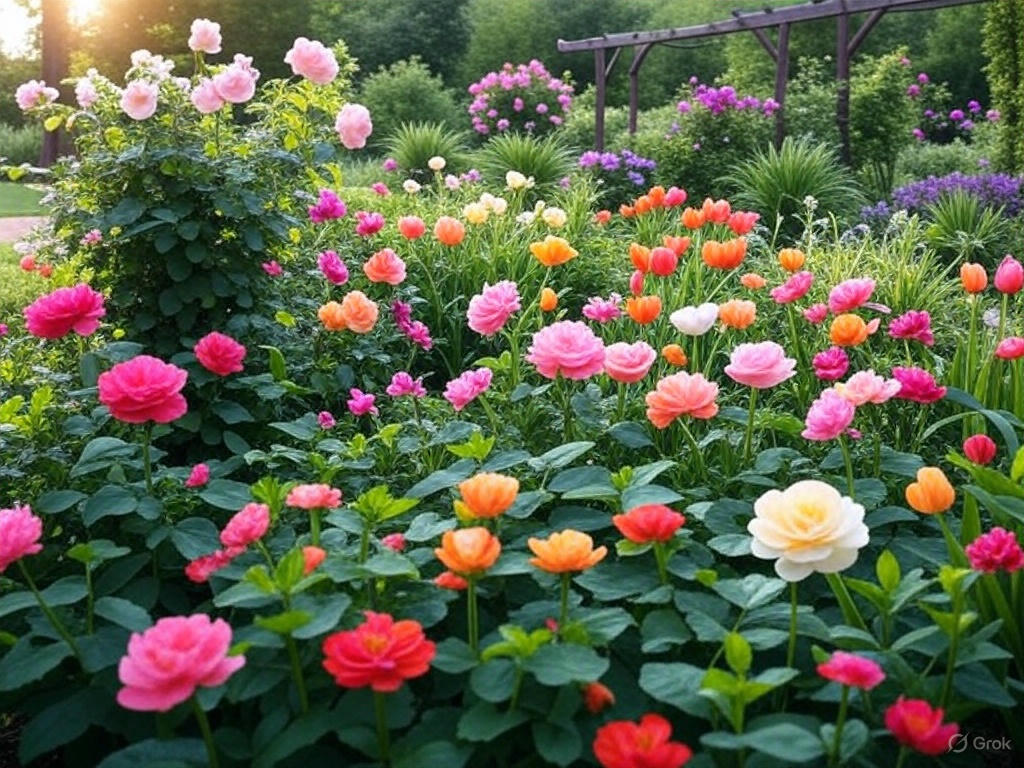
Planting Techniques
Creating a garden is a delightful journey that brings nature closer to home. Whether you’re learning how to create a garden or exploring the nuances of how to create a bog garden, understanding the right planting techniques is crucial. These techniques ensure plants thrive and produce bountiful yields. From choosing between seeds and seedlings to determining the correct planting depth, each decision impacts the garden’s overall success.
Seed Vs. Seedling
Choosing between seeds and seedlings is a fundamental step in how to create a garden. Seeds offer a cost-effective option, allowing for a wider variety of plants. They require patience and careful nurturing. Starting from seeds can be satisfying as you watch your plants grow from the very beginning.
On the other hand, seedlings provide a head start. These young plants are ready to be placed directly into the garden, reducing germination time. They are ideal for beginners learning how to create a community garden or how to create a Japanese garden, where specific plant types are preferred.
Consider these factors when deciding:
- Cost: Seeds are generally cheaper.
- Time: Seedlings grow faster.
- Variety: Seeds offer more choices.
- Success Rate: Seedlings have higher survival rates.
Whether you’re learning how to create a rooftop garden or a traditional setup, the choice between seeds and seedlings shapes your gardening experience. Weigh the pros and cons based on your garden’s needs and your personal preference.
Planting Depth
Understanding the planting depth is crucial for plant health. Planting at the correct depth ensures that the roots have adequate access to nutrients and water. Incorrect depth can lead to poor growth or plant failure.
Consider these guidelines:
- Seed Planting: Follow seed packet instructions. Generally, seeds are planted twice as deep as their width.
- Seedling Planting: Ensure roots are fully covered, but do not bury leaves.
For different garden types:
| Garden Type | Recommended Depth |
|---|---|
| Traditional Garden | Varies by plant species |
| Bog Garden | Shallow, with water access |
| Rooftop Garden | Consider container depth |
Proper planting depth is pivotal whether you’re learning how to create a Japanese garden or a community garden. Ensure each plant is positioned correctly to thrive and contribute to a flourishing garden.
:max_bytes(150000):strip_icc()/how-to-start-a-garden-from-scratch-2132778-hero-5f6138784a034bad8bf9607ccb18dbed.jpg)
Watering Strategies
Creating a garden is a rewarding journey that requires careful planning and nurturing. Among the many aspects of garden care, watering strategies play a crucial role in ensuring your plants thrive. Whether you’re exploring how to create a bog garden or a rooftop garden, understanding effective watering techniques can lead to healthier and more vibrant plants. Let’s delve into some practical watering strategies to enhance your gardening experience.
Irrigation Systems
Choosing the right irrigation system can significantly impact the success of your garden. A well-designed system not only saves water but also ensures your plants receive the right amount of moisture. Here are some popular options:
- Drip Irrigation: Ideal for conserving water. Delivers water directly to the root zone, minimizing evaporation.
- Soaker Hoses: These hoses allow water to seep slowly into the soil. They are great for flower beds and vegetable gardens.
- Sprinkler Systems: Best for larger gardens and lawns. They can be automated for convenience.
Consider these factors when selecting an irrigation system:
| Garden Type | Recommended System |
|---|---|
| Bog Garden | Drip Irrigation |
| Rooftop Garden | Soaker Hoses |
| Japanese Garden | Sprinkler Systems |
Each system offers unique benefits. Select one that aligns with your garden’s needs and your personal preferences.
Watering Frequency
Watering frequency depends on several factors such as plant type, soil, and climate. Understanding how often to water helps prevent issues like root rot or dehydration. Here are some general guidelines:
- Daily Watering: Needed for newly planted gardens, including community gardens. Essential in dry climates.
- Weekly Watering: Suitable for established gardens, like Japanese gardens, with mature plants.
- Bi-weekly Watering: Recommended for drought-tolerant gardens, such as rooftop gardens.
Consider these tips for effective watering:
- Check the soil moisture regularly. A simple finger test can determine if the soil is dry or moist.
- Water early in the morning or late afternoon. This minimizes evaporation and ensures plants absorb water efficiently.
- Adjust frequency based on weather changes. Hot and dry weather may require more frequent watering.
Understanding watering frequency allows you to maintain a healthy garden environment. Tailor your approach to suit specific garden types and local conditions.
Maintenance Practices
Creating a garden is an enriching and enjoyable activity. It brings beauty to your surroundings and provides a peaceful retreat. To ensure your garden thrives, regular maintenance practices are essential. Proper care keeps your plants healthy and your garden looking its best. Let’s explore some key maintenance practices to keep your garden flourishing.
Weeding
Weeding is a crucial part of garden maintenance. Weeds compete with your plants for nutrients, water, and sunlight. Removing them ensures your plants grow healthy and strong. Regular weeding can prevent the spread of weeds and keep your garden looking neat.
Here are some tips for effective weeding:
- Weed early and often: Remove weeds while they are small. This prevents them from spreading and becoming more difficult to manage.
- Use the right tools: A hoe or a hand trowel can make weeding easier. Choose tools that are comfortable for you to use.
- Weed after rain: Wet soil makes it easier to pull weeds out by the roots. This ensures they do not grow back.
- Mulch your garden: Mulching helps suppress weed growth by blocking sunlight. It also retains moisture in the soil.
For those learning how to create a garden, these weeding practices will help maintain a tidy and healthy space. Whether you are figuring out how to create a bog garden or how to create a rooftop garden, regular weeding is essential.
Fertilizing
Fertilizing provides essential nutrients to your plants. It promotes healthy growth and vibrant blooms. Understanding the right type of fertilizer for your plants is important for optimal results.
Consider these tips for effective fertilizing:
- Choose the right fertilizer: Different plants have different nutrient needs. Research the best type of fertilizer for your garden.
- Follow the instructions: Over-fertilizing can harm plants. Always follow the recommended amounts and application methods.
- Use organic options: Organic fertilizers, like compost or manure, provide nutrients while improving soil health.
- Time your applications: Fertilize during the growing season when plants need nutrients the most. Early spring and late summer are ideal times.
For those exploring how to create a community garden or how to create a Japanese garden, understanding fertilizing practices can make a big difference. Proper fertilization leads to lush, vibrant plants that enhance the beauty of your garden.
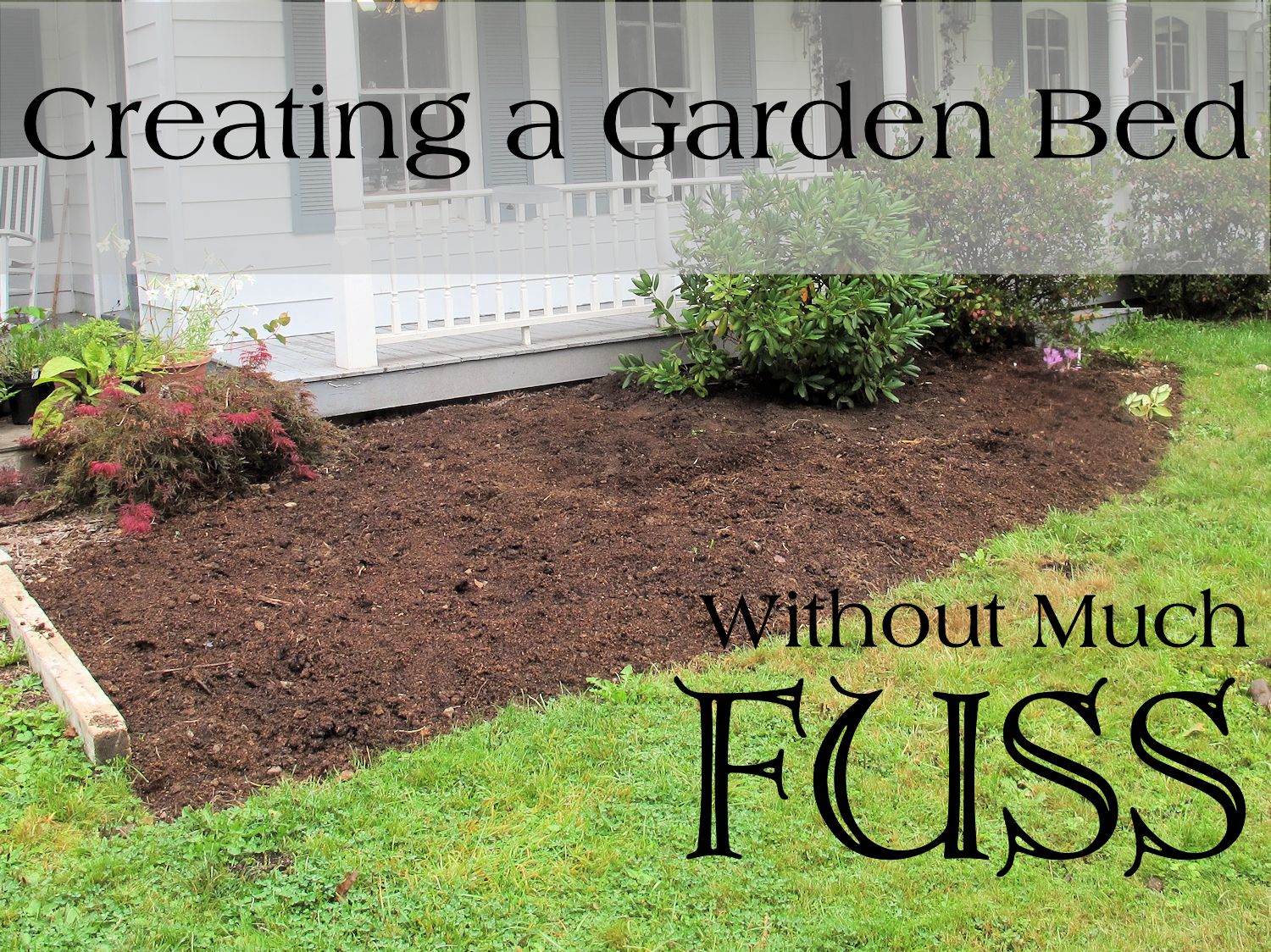
Frequently Asked Questions
How Do I Start A Garden For Beginners?
Start small with a few easy-to-grow plants. Choose a sunny spot with good soil. Water regularly and remove weeds. Use compost to nourish the soil. Enjoy the process and learn as you go.
What Is The 3-hour Rule For Gardening?
The 3-hour rule for gardening suggests dedicating three hours weekly to maintain your garden effectively. Spend time watering, pruning, and checking for pests. Regular attention helps your plants thrive and keeps your garden healthy. Adjust activities based on your garden’s specific needs and seasonal changes.
What Are The Steps To Make A Garden?
Choose a sunny spot and clear weeds. Test and improve soil with compost. Plan your garden layout and select plants. Plant seeds or seedlings, and water regularly. Mulch to retain moisture and control weeds.
How Do I Plan My Garden Layout?
Measure your garden space first. Choose plants based on sunlight and soil type. Arrange taller plants at the back. Leave space for paths. Plan for watering needs.
How Do I Start A Garden?
Choose a sunny spot. Clear weeds. Add compost. Plant seeds. Water regularly.
What Are The Best Plants For Beginners?
Try tomatoes, lettuce, and herbs. Easy to grow. Great for starters.
How Often Should I Water My Garden?
Water daily in the morning. Keep soil moist. Avoid overwatering.
Conclusion
Creating a garden is a rewarding journey. Watch your plants grow. Feel the joy they bring. Start small if unsure. Add more plants over time. Enjoy the peace and beauty. Gardens can be any size. Even a few pots work.
Choose plants that fit your climate. Water and sunlight are key. Don’t rush the process. Patience leads to success. Gardening connects you with nature. It reduces stress and improves health. Share your garden with friends. Inspire others to create their own.
Happy gardening!

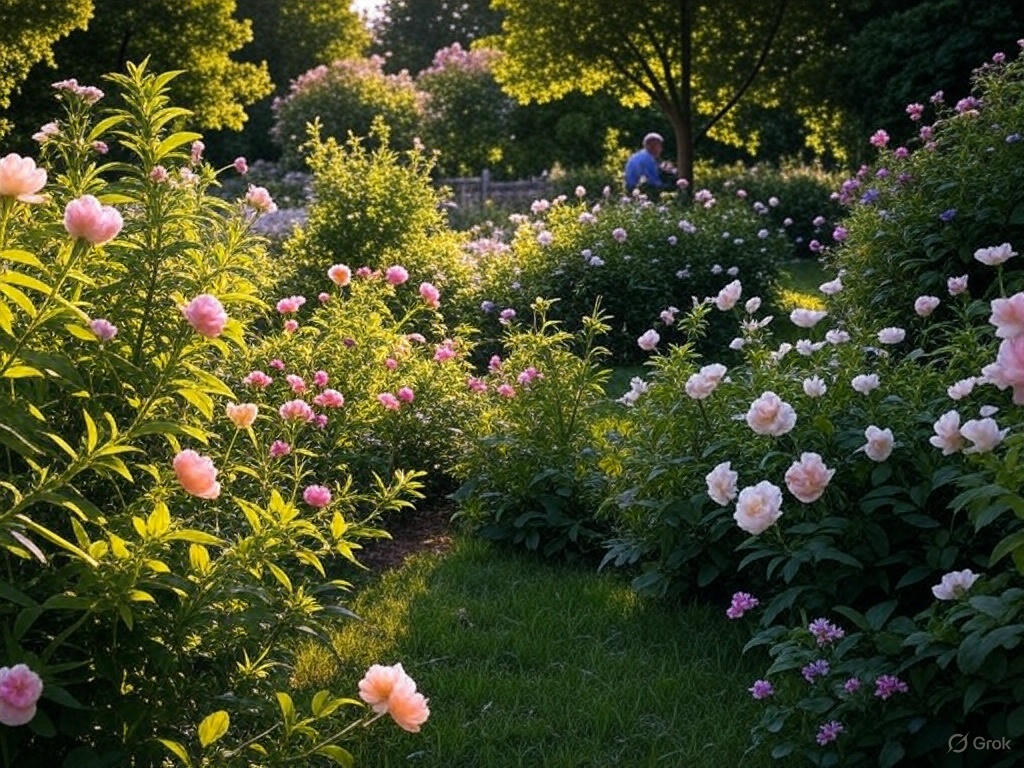

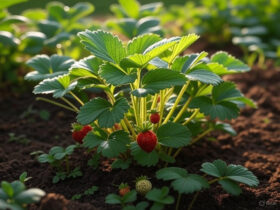




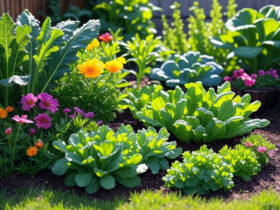

Leave a Reply